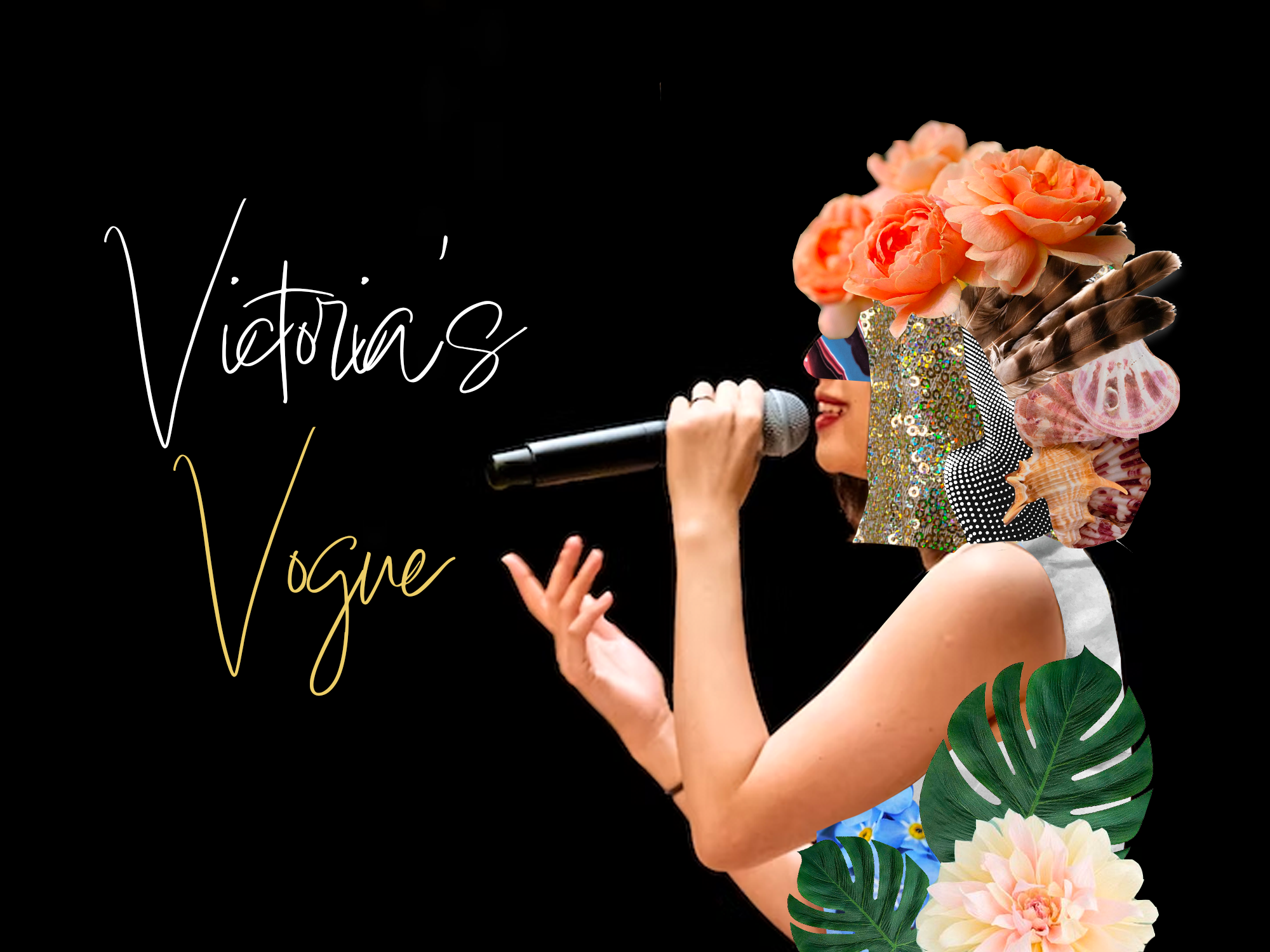There wasn’t only one “Renaissance” in Beyoncé’s latest album. Besides being a transcendental musical experience, the most recent collection from acclaimed R&B artist Beyoncé Knowles brought a bold vision of fashion through its visuals and music videos. Not only does “Renaissance” provide a space for escapism and self-assurance musically, Beyoncé’s fashion choices also reflect these ideas, thereby launching her into a space free from expectations and perfectionism.
Beyoncé has drawn attention from the fashion world since her debut in the Grammy-winning girls’ group Destiny’s Child. Reflecting the typical fashion of the group’s 1990s beginnings, Beyoncé appeared in music performances dressed in crop tops and cargo pants often designed by her mother, Tina Knowles. The outfits her mother constructed — such as the coordinated ensembles like the crystal-embroidered green dresses at the 2001 Grammys — marked a time when Destiny’s Child was breaking ground.
In an interview with the Washington Post in 2020, Beyoncé’s mother recalled that labels were often reluctant to dress the group; her own design choices were critiqued for being too “motown” or too “flashy.” Nevertheless, the impact of groups like Destiny’s Child on today’s TikTok-driven resurgence of ”Y2K” fashion is apparent.
In her solo career, Beyoncé’s iconic looks continue to reflect her music. During her Sasha Fierce era, we saw Beyoncé wave a custom bionic titanium glove from Lorraine Schwarz during her “Single Ladies” music video meant to represent the inner strength of women.
The lauded artist’s sixth studio album “Lemonade,” in turn, contextualizes her husband’s infidelity to racial and generational struggles. In her video for “Hold Up”, a song discussing infidelity, Beyoncé wears a ruffled bold yellow Robert Cavalli piece which contrasts the dark topic discussed to show how a woman can be strong and show emotion simultaneously. In a groundbreaking performance of the title track, “Lemonade,” at the 2017 Grammys, Beyoncé appeared as a goddess of fertility in a stunning gold gown and a gold headdress.
However, with “Renaissance,” Beyoncé launches into a new era. The common thread through her fashion choices? They are daring and opulent.
Throughout the “Renaissance” visuals, Beyoncé appears in cone bras from Schiaparelli, a designer she’s often seen in. These are more reflective of ’50s style bullet bras but also a potential callback to Madonna’s “Blonde Ambition” tour outfit from famed designer Jean Paul Gauthier. Beyoncé wears a custom-made Mugler, a brand known for adding a futuristic feel to their clothing, as she stares dead-on into the camera, seated on a velvet cushion. The choice to dress in a designer known for designing shapes to mimic extraterrestrial life conveys an escape beyond this world, matching the album’s focus on freedom from boundaries.
The lack of clear visible designer pieces in Beyoncé’s latest outfits differentiates her from other celebrities who associate themselves with a brand, like Harry Styles with Gucci or Zendaya with Valentino. While she does sample from iconic brands like Alaïa (which designed her levitating green lace dress), they are reinvented to reflect her own personal style as opposed to the brands’ choices. The Alaïa green dress she wore, for instance, appeared in orange on Alaïa’s summer-fall 2022 runway. Her “Renaissance” bodysuits are from smaller designers like Nusi Quero, a multidisciplinary artist who has dressed the likes of Kylie Jenner with his 3D-printed pieces. Quero takes inspiration from architecture to invent futuristic corsets and has said in a Vogue interview his mantra is on embracing intuition, or escaping the need to have his pieces represent something.
Beyoncé doesn’t only convey the themes of escapism and the importance of individuality in the outfits she wears: she also directly references fashion in her lyrics.
In the track “Summer Renaissance,” Beyoncé sings, “This Telfar bag imported / Birkins, the shits in storage.” Though Telfar searches drastically increased after this reference, there is an emphasis here on not chasing brands for their popularity, but utilizing them when they are useful to one’s own style. The Birkin isn’t going anywhere (Beyoncé did not say she was selling her closet on FashionPhile) but these lyrics reflect a wider desire to hide logos and potentially reflect a particular look.
This sentiment is echoed in “Mastermind in haute couture / Label whores can’t clock, I’m so obscure” on the track “Alien Superstar.”
As “Renaissance” is only part one of a broader three-part project, we will likely see further pieces from smaller brands that cannot be associated clearly with one designer. Likely, Beyoncé will appear in more Christopher John Rogers and Alaïa.
Beyoncé’s outfits do not associate with any trend or brand in particular. They are unlabeled, part of a broader movement where exclusivity is derived from “quiet” luxury, like Loro Piana and niche pieces. Buying these niche pieces is inaccessible to the broad population, but Beyoncé has proven time and time again she can do what she wants. This album is no exception; we are truly just living in Beyoncé’s world.
Editor’s Note: This article is a review and includes subjective thoughts, opinions and critiques.
